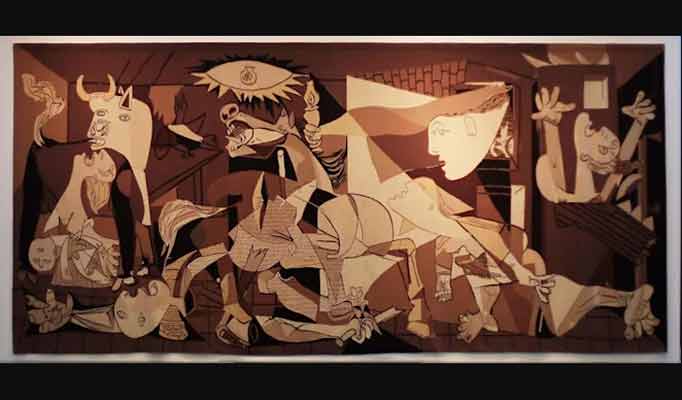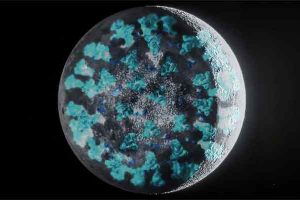
Pablo Picasso’s powerful anti-war artwork “Guernica,” removed from U.N. headquarters in New York in February 2021, was returned to the wall outside the U.N. Security Council on Saturday – as a long-term loan by Nelson A. Rockefeller, Jr., whose family has been the longtime steward of the tapestry.
“The Guernica tapestry with its probing symbolism – its depiction of horrific aspects of human nature – wrestles with the cruelty, darkness, and also a seed of hope within humanity” Rockefeller said about the artwork named after the city in Spain that was bombed by the Nazis during the Spanish Civil War.
The U.N. said that the tapestry would donated to the National Trust for Historic Preservation, which will “handle coordinating its display at other venues in the United States and across the globe.”
Negotiations to return the iconic tapestry went on last year as U.N. officials urged the Rockefeller family to return the tapestry to the place where it is seen every day around the world.
“The tapestry sends a strong message about the horrors of war. It sends a strong message to the world about the urgent need to advance peace, to advance security and to advance human fraternity,” U.N. spokesperson Stephane Dujarric told CBS News on Saturday.
“It’s horrible, horrible, that it is gone,” Secretary General António Guterres told CBS News exclusively at the time it was taken down last February.






